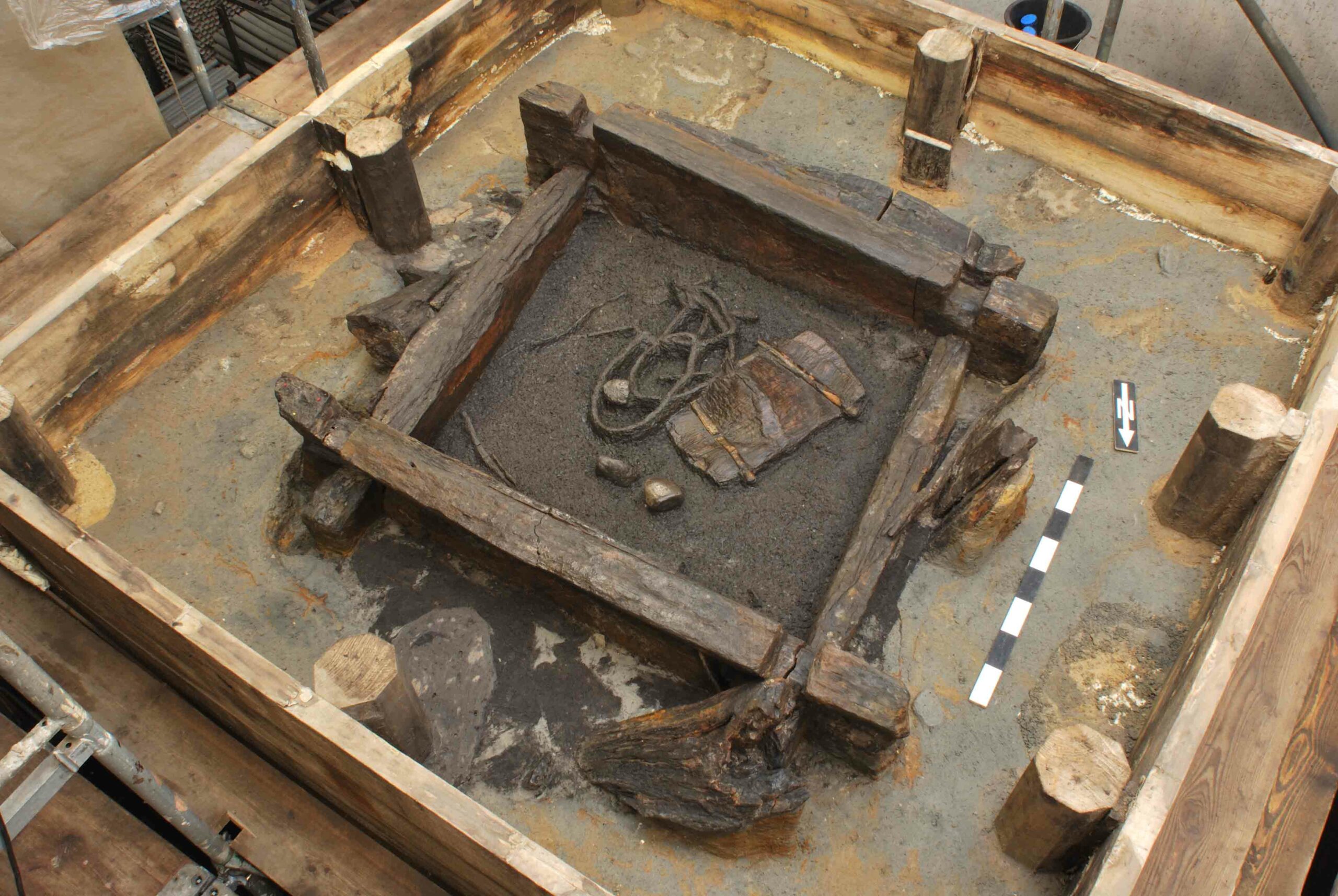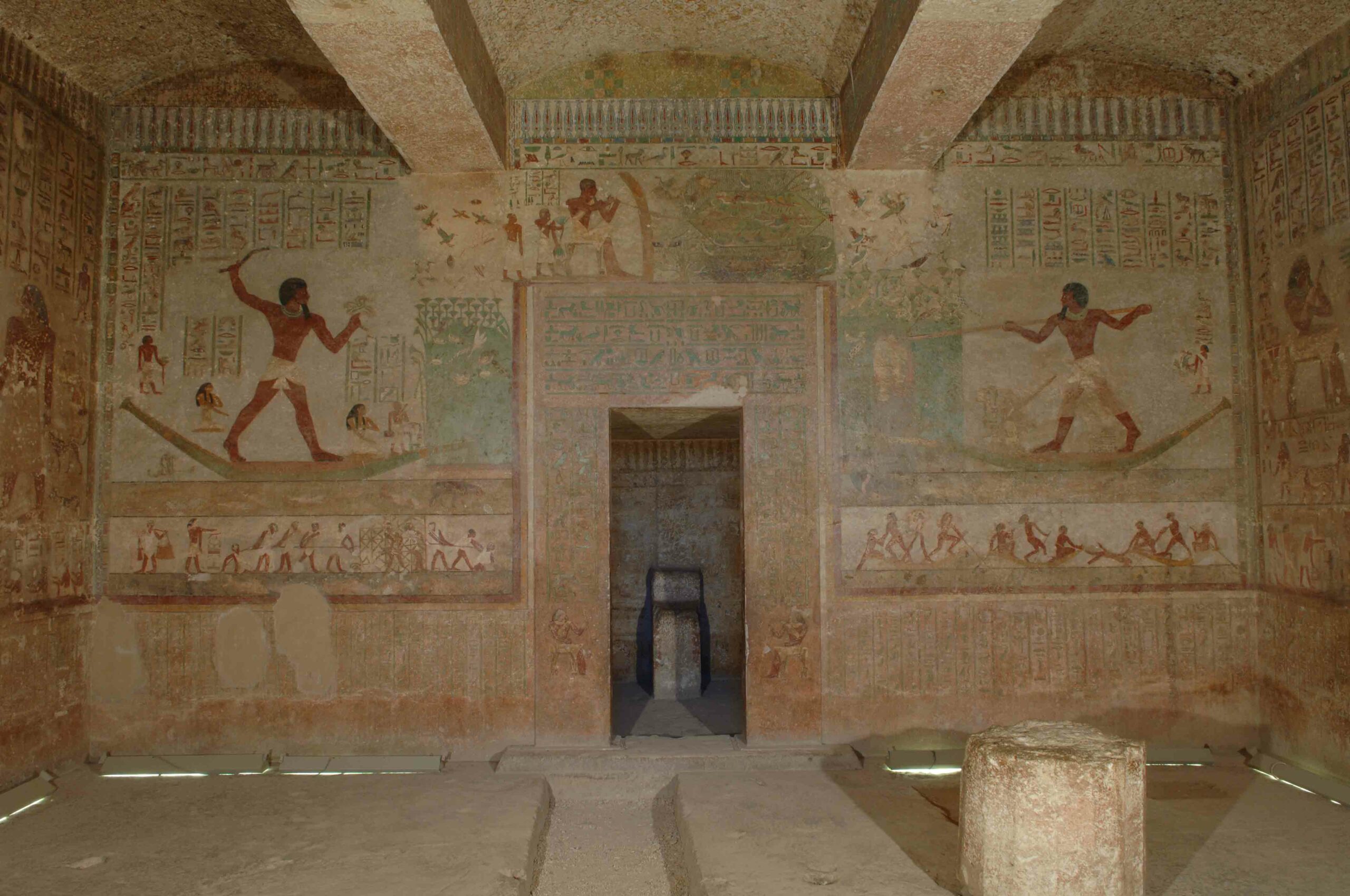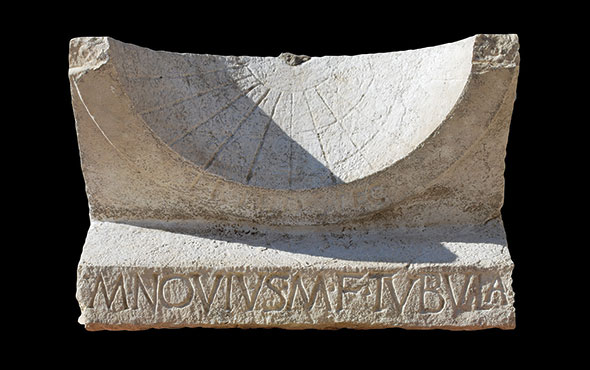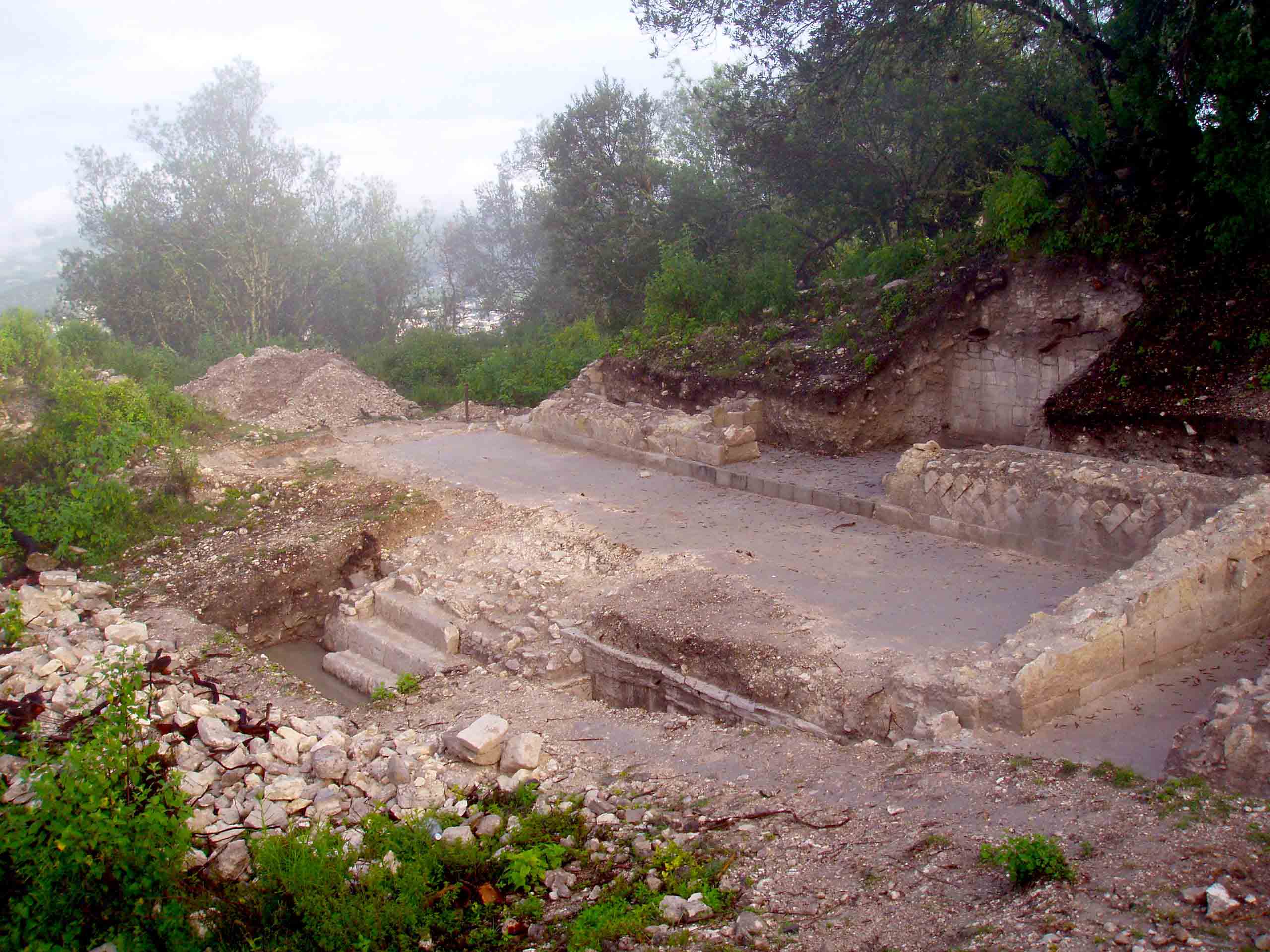
HALBERSTADT, GERMANY—Live Science reports that isotope analysis of the bones of eight men and one woman recovered from a 7,000-year-old mass grave reveals they were “outsiders with currently unknown origins,” according to archaeologist Christian Meyer of the State Office for Heritage Management and Archaeology of Saxony-Anhalt. The local people are known to have planted crops and raised livestock, but the isotope levels of the victims’ bones did not match those of other people who had been buried in the settlement, which indicates they ate a different diet. Meyer explained the young adults in the mass grave suffered injuries to the back of the head, likely inflicted with blunt force in a controlled manner, since all of the injuries are similar in size and shape. He added that the bodies had been dumped into the mass grave, unlike other individual graves in the cemetery that had been “carefully arranged.” The victims may have been captured nearby by a raiding party, or may have been transported from farther away as prisoners of war. For more on the archaeology of this period in Germany, go to “The Neolithic Toolkit.”










